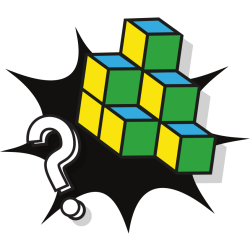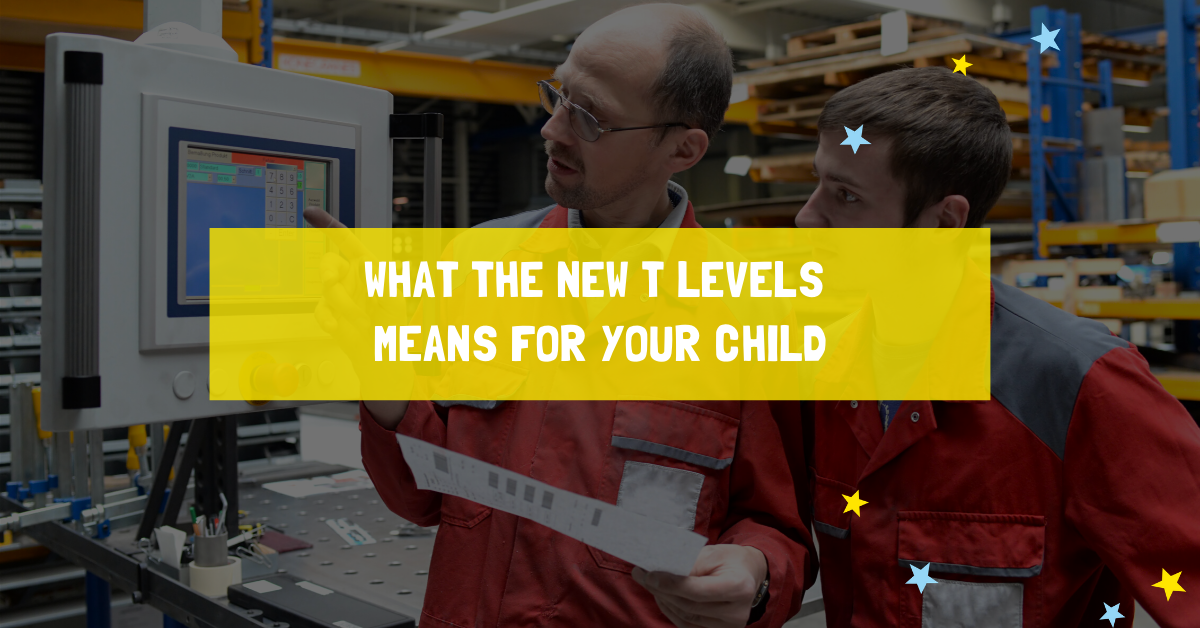Compulsory testing of students between the ages of six to seven has come under scrutiny in recent years. Parents and teachers have expressed concern that children in their first two years of schooling are placed under undue pressure associated with examinations at an early age.
Continued pressure has resulted in the government revisiting the merits of the SATS exams for Year 2 (Y2) students. The result is that from the year 2023, Y2 SATS will no longer be compulsory in schools across the country.
Instead, the legislators announced plans to introduce a teacher-mediated baselining measure to assess reception year learners in a manner that removes the pressure of school exams on Y2 students. However, SATS for Y2 learners will still be a requirement for schools until new changes are implemented and learners should prepare themselves for the exams for 2018 to ensure they achieve the best results.
Here is what parents and learners need to know about the 2018 Y2 SATS
Subjects Covered in Y2 SAT Exams
- English Reading: English reading tests will consist of two papers that have been developed to assess learners’ comprehension in fiction, nonfiction and poetry. The papers will contain a selection of texts chosen from learning materials presented throughout the curriculum. Learners will then be expected to answer questions on each subject in separate booklets. Note that learners will not be placed under specific time limitations and will be allowed to complete their exams within a reasonable time allotment.
- English Grammar and Spelling: KS1 learners will also sit through two separate papers for Grammar and Spelling. Paper 1 will focus on spelling abilities and will involve 20 words learners will need to master within approximately 15 minutes. This paper will count towards 20 marks in total. Paper 2 will cover grammar, punctuation and vocabulary testing. This paper will have two sections worth 20 marks each and will include multiple choice answers along with questions that require further articulation.
- Mathematics: Testing is also conducted over two papers. Students will be tested on a 25 mark and 35 mark paper for arithmetic and mathematical fluency respectively. Arithmetic testing will include basic addition, subtraction, division and multiplication problems. Mathematical fluency involves testing students basic problem-solving abilities, reasoning and includes multiple choice, true/false and other cognitive Q&A scenarios.
KS1 Dates for 2018 and Further Resources for Learners
This year’s KS1 SATS will be take place in May but are not subjected to specific weeks as per the KS2 exams. Schools are expected to manage and administer the exams within the appropriate time and provide a non-intrusive, stress-free testing environment for learners. Student scores will be measured on a scale basis by translating their actual scores according to the scale reading. A score of 100 (maximum score being 150 and 85 being the lowest) means learners are progressing at the desired rate with anything below 100 indicating that a student requires further attention in a given area of study.
The future of the KS1 SATs means the tests will remain in place for another five years, with plans to substitute it with student baseline measurements that eliminates examination environments. The new baselines will be designed to provide teachers more flexibility in assessing new school students’ progress in their early years while making sure every child receives the right amount of attention and personalised education.
In the interim, teachers, learners and parents need to ensure that they take appropriate preparatory measures to increase their chances of success. Make sure you check p back on our blog for further updates on the year ahead and for additional resources to help your child ace 2018. Below follows a list of resources students can use to prepare for the Y2 SATS ahead. Best of luck!
- More information on Y2 SATS from GOV.UK
- More information on scaled scoring system.
- Y2 SATS previous test papers.








